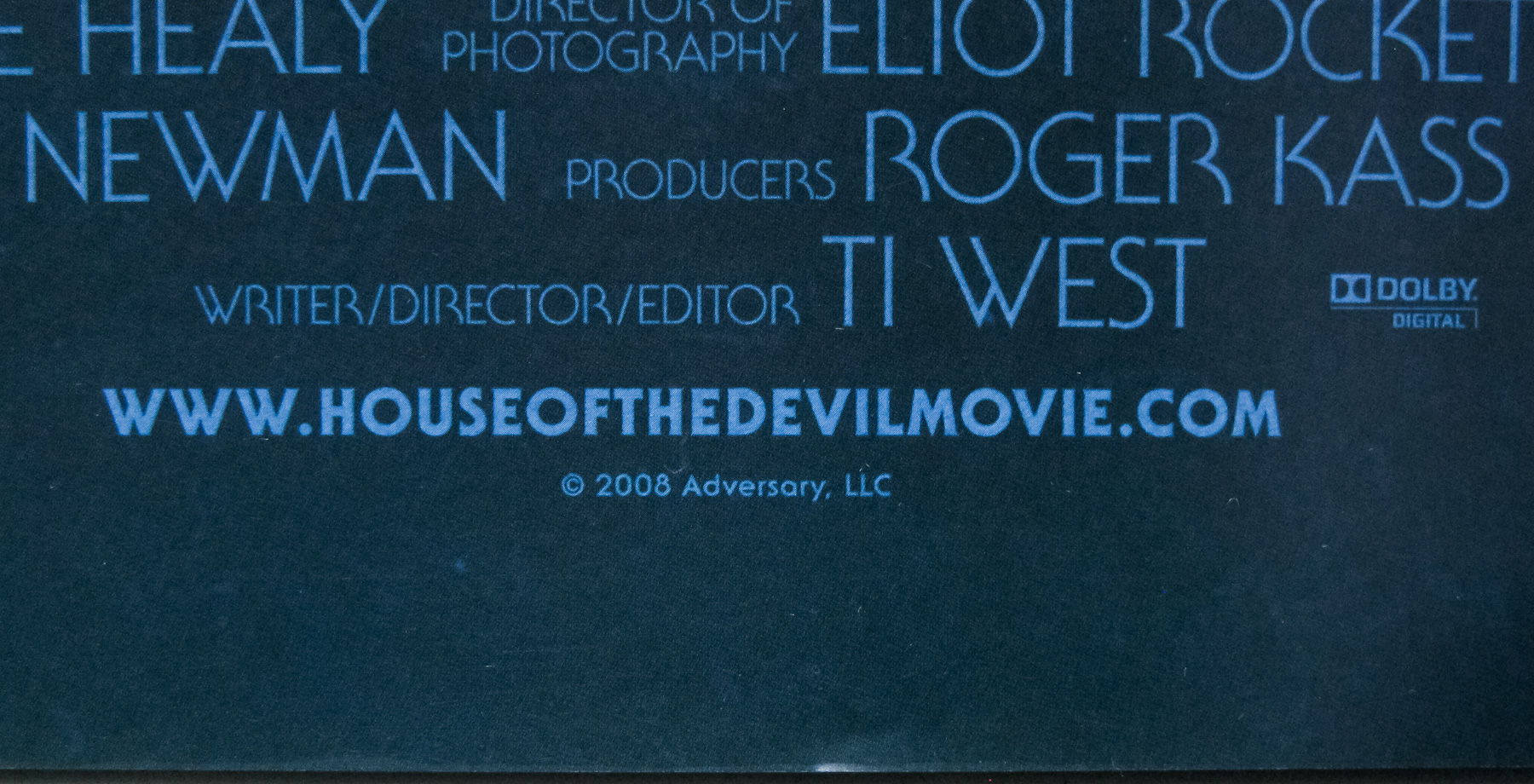


“When you get done with your little experiment up there,” she says. That’s good fiction writing.MOM CALLED YESTERDAY to ask if I was ready to come home yet I went directly to San Francisco from college, and I’ve been in Milpitas for five years now, but she holds fast to her theory that eventually I’m coming back to San Luis Obispo.

Darnielle renders this dilemma-and the bad-taste curiosity that compels people to read and write true crime despite reservations-with such depth and clarity that it feels like he’s somehow culpable too. Darnielle impressively dramatizes the writing of a true crime book and the massively deleterious effect the process has on a person genuinely concerned with the ethics of what they’re doing. Its connection to the narrative is tenuous, it illuminates very little, and perhaps the best evidence that the rest of Devil House is spectacular is that even this section can’t ruin it. The telling of a Welsh legend about King Gorbonianus, it’s written in a dreadful mock medieval syntax. Unfortunately, the novel’s interlude nearly derails the book. The sections set in the Devil House are comparatively conventional, but no less gripping.

He sprinkles the first-person throughout as a reminder that it’s Chandler who’s telling the story, and each hits like an unexpected creak, as if I’d been caught watching something I shouldn’t have been. Darnielle skillfully navigates the difficult point of view, pulling the reader ever tighter into the narrative. Ingrained in each part is a question about the nature of true crime and whether it’s possible to write it ethically and with real compassion for the victims. After the first section, detailing Chandler’s project, come alternating sections about the Devil House murders and one of Chandler’s previous books about another case, The White Witch murders.


 0 kommentar(er)
0 kommentar(er)
